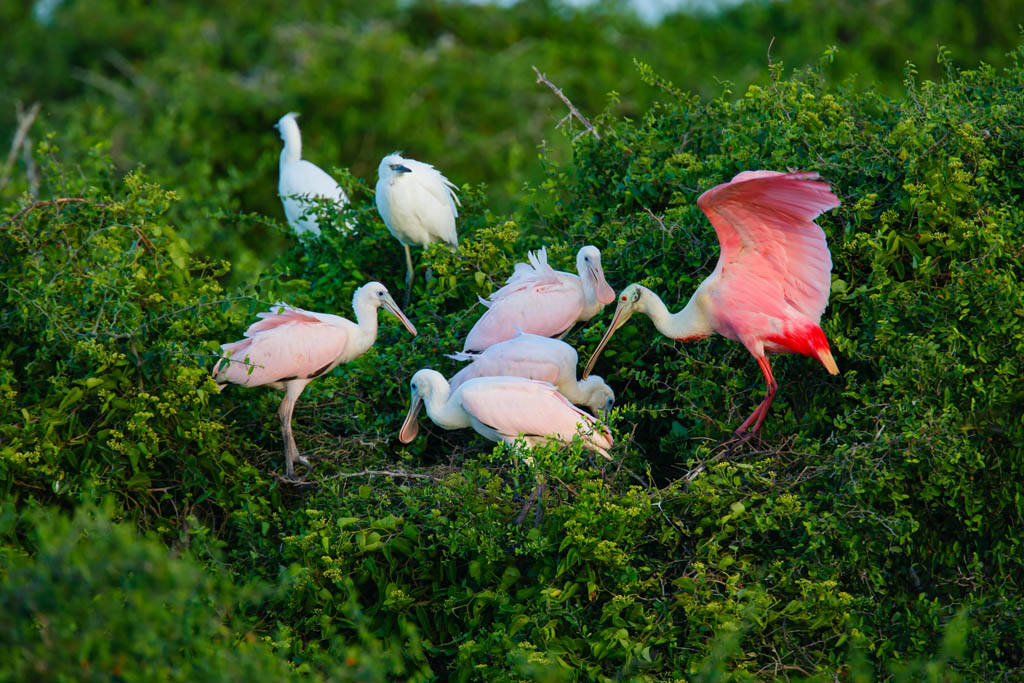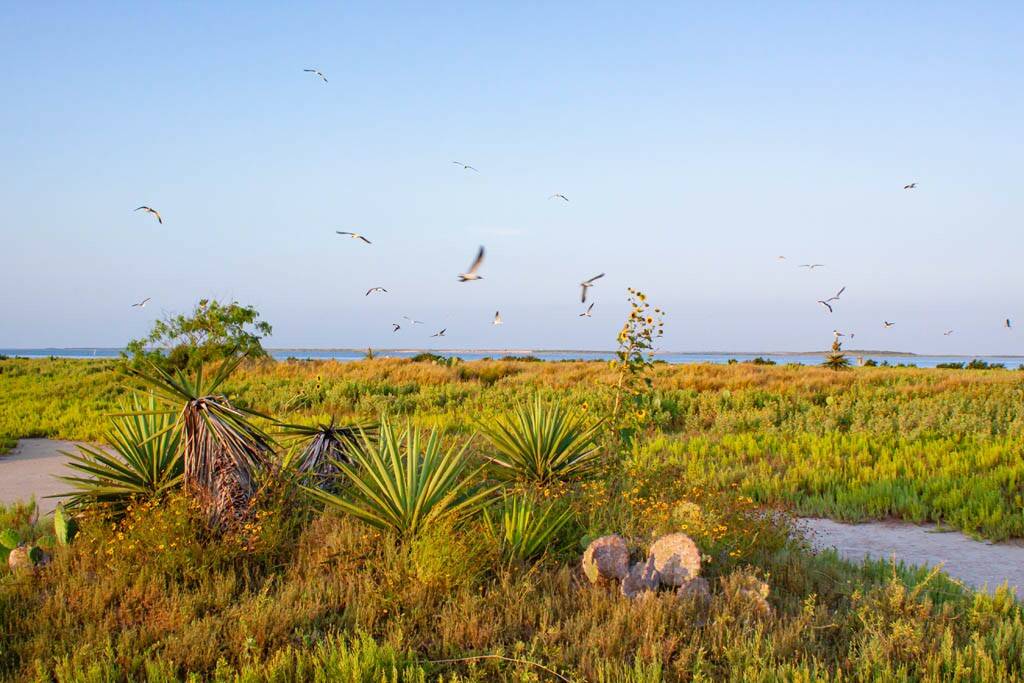|
Only have a minute? Listen instead
Getting your Trinity Audio player ready...
|
By RICHARD MOORE | SPECIAL TO MYRGV.COM
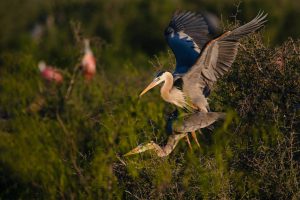
“During the month of May, 1921, I had an ever-to-be-remembered outing in the region between Brownsville and Point Isabel, Cameron County Texas,” stated J.R. Pemberton in a 1922 essay written for the Condor.
Pemberton, a noted ornithologist of the early 1900’s wrote enthusiastically of his first trip to Green Island, a 35-acre thickly wooded site in the Lower Laguna Madre. Pemberton hired a boat in Point Isabel, now Port Isabel, for the 30-mile voyage to the remote island, known as Isla Verde by the Mexican fishermen who ferried him. The secluded island, just northeast of the Arroyo Colorado, was rumored to be a breeding colony for many species of wading birds.
After a five-hour trip in the dark, Pemberton arrived along the island’s edge at dawn and waded ashore.
“I ascended a gentle incline until I stood on the upper level, which must have been about twenty feet above the water’s surface. As I raised from a crouch, I could see over practically the entire thicket, and the view was simply astounding. It was literally alive with egrets, simply thousands of them.”
Today, Green Island is home to one of the largest reddish egret and roseate spoonbill colonies in the world, and it is also an important nesting area for many other colonial waterbirds. During peak nesting season reddish egret numbers may exceed more than 1,000 adult birds. Hundreds of roseate spoonbills, ibis, great blue herons and other species also reside there annually.
Pemberton’s trip more than 100 years ago, confirming the existence of such a vital nesting island, was of tremendous importance as plume hunters had devastated the nation’s population of wading birds. During the late 1800’s and early 1900’s the beautifully feathered birds were killed by the hundreds of thousands and shipped to the East Coast for the millinery trade.
Fashionable women of the time coveted elegant feathers and used many varieties to decorate their hats. Ornithologist Frank Chapman of the American Museum of Natural History reported that on streets of Manhattan in 1886 three quarters of women’s hats were adorned with feathers.
He was able to identify some 40 species including terns, bluebirds, cedar waxwings, warblers, orioles and tanagers. But the most popular plumes by far were those of herons and especially snowy and great egrets. Arrangements of their flowing white nuptial plumes became so valuable that the birds were almost hunted to extinction.
Plume hunters were paid $32 an ounce for feathers, nearly twice the price of gold at the time. One London auction house reportedly sold 1,608 packets of heron plumes in a single year. A single package consisted of some 48,240 ounces of feathers representing nearly 200,000 birds killed.
The preferred manner for harvesting the birds was to ambush them on nesting islands along the Gulf Coast where they congregated. Plume hunters destroyed heron populations in Florida, Louisiana and Texas, killing adult birds on the nest and leaving young to die and eggs to rot.
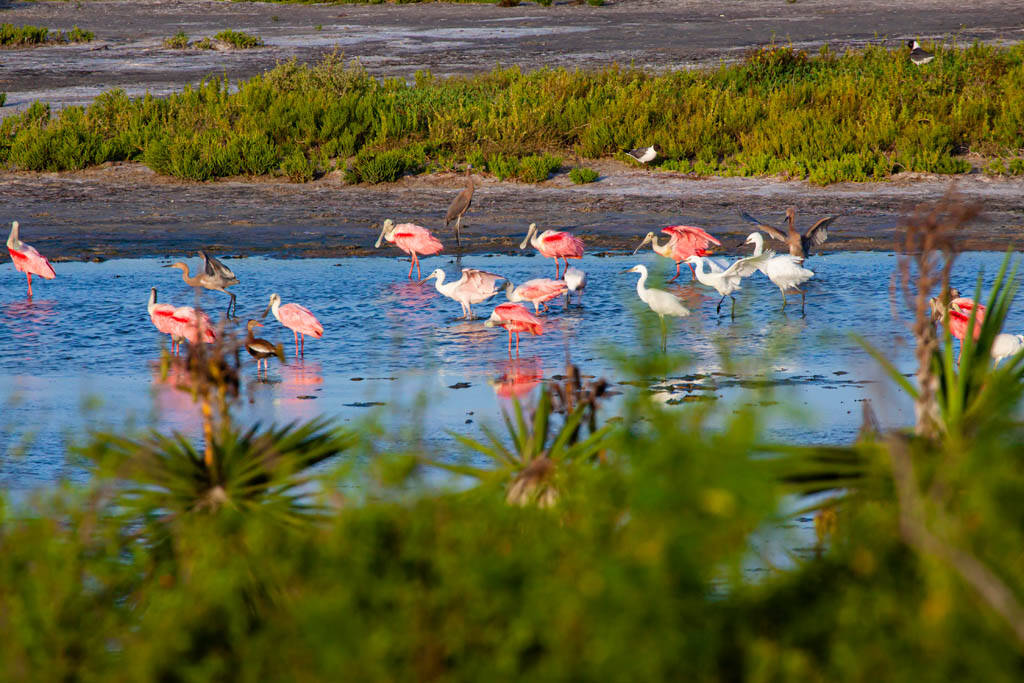
Many people became concerned at the slaughter, and it was in 1903 that President Theodore Roosevelt set aside tiny Pelican Island on Florida’s east coast as a refuge for birds.
“Wild beasts and birds are by right not the property merely of the people who are alive today, but the property of unknown generations, whose belongings we have no right to squander,” Roosevelt said.
What has since become the National Wildlife Refuge System now includes 588 refuges spanning more than 95 million land acres and 750 million acres of submerged lands and waters.
Even before the president’s action, concerned groups of citizens had begun forming conservation groups called Audubon Societies and by 1899, 15 states had similar organizations that shared a common goal: “To discourage the buying and wearing for ornamental purposes of the feathers of any wild birds except ducks and game birds, and to otherwise further the protection of native birds.”
In 1905, the National Association of Audubon was formed.
Guarding nesting islands was dangerous work, and at least two wardens were killed enforcing state game laws. In 1905, Florida game warden Guy Bradley was killed in the line of duty and in 1908 Florida warden Columbus G. MacLeod disappeared under suspicious circumstances and was presumed to have been slain by plume hunters.
It was not until 1918, with the passage of the Migratory Bird Treaty Act, that non-game birds such as herons and egrets began receiving federal protection, but law enforcement efforts of that era were minimal.
Green Island, a key to preservation of reddish egret and other colonial waterbirds, had miraculously escaped the ravages of plume hunters due to its remoteness. In 1923, following Pemberton’s trip, and an earlier visit by T. Gilbert Pearson, the crucial nesting colony was leased from the state to the Audubon Association for protection.
Today, the National Audubon Society manages nesting sanctuaries all along the Texas coast and in partnership with the Coastal Bend Bays and Estuaries Program, protects more than 20 species of colonial waterbirds representing between 50,000 and 75,000 nesting pairs. Green Island is one of the most treasured assets in Audubon’s coastal sanctuaries, which consists of 178 islands stretching throughout the 367 mile Texas coast.
All nesting islands in the Laguna Madre are protected by law and most have posted warnings for people not to trespass. Fishermen are encouraged to give the islands a wide berth. When birds are scared from their nests, abandoned eggs and young birds can quickly be damaged by sun or predated.
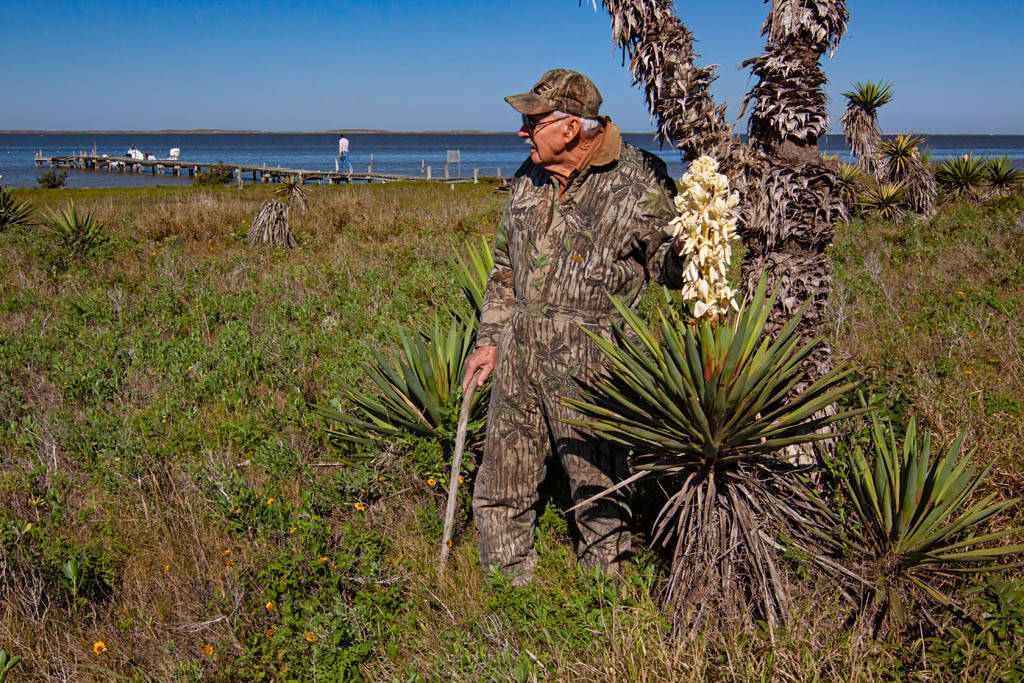
Green Island has had a host of dedicated wardens through the decades beginning with R.D. Camp, James J. Carroll, and John Larson who took over in 1928. Larson served as warden for many years and lived on the island with his wife and children in a small cabin that still stands. The family spent the spring and early summer watching over nesting birds and waited until the last of the egrets fledged before leaving.
Commercial fishermen were denied access to the island as they robbed nests of young to bait their crab traps, and an occasional plume hunter had to be dissuaded from picking off birds for the still thriving Mexican market.
Leroy Overstreet became warden in 1997 and faithfully protected the island for nearly 18 years until his death at age 91 in 2016. At least twice a week, no matter the weather, he docked his boat at the rickety pier, walked the weathered boards and then up the thorny trail leading to the island’s interior where the weathered cabin served as resting place.
Leroy loved the nesting island and told me, “As long as I live, I will never forget Green Island.”
With friends and family, we scattered his ashes in the Laguna Madre just offshore from his beloved Green Island.
As the National Audubon Society celebrates a centennial of coastal conservation with inaugural protection of Green Island in 1923, generations of colonial waterbirds continue to flock to the historic island.
Rio Grande Valley native Brian Beller, now of Arroyo City, took over as warden for Green Island in 2017, and like his predecessors, dutifully guards the sanctuary.
“I see good things. This year, I have seen the most birds I have ever seen, and so it just seems to keep getting better and better,” Beller said.
Under Audubon’s protection, Isla Verde flourished this spring with abundant numbers of waterbirds, much as it had more than a century ago when J.R. Pemberton made his historic trip to this still wild vestige of the Texas coast.
